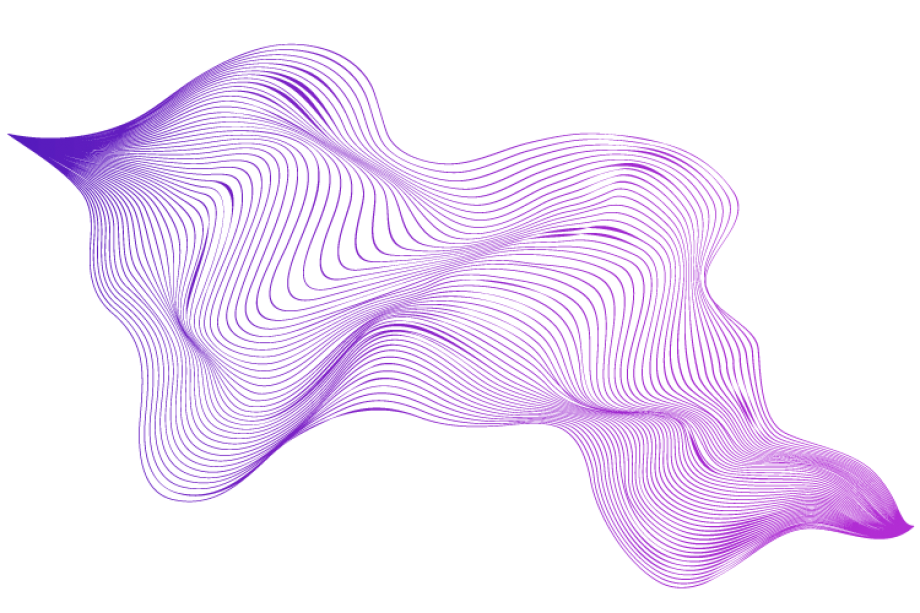Lines of research
CREATIVITY
Creativity
We understand that creativity, driven by any kind of agent, due to it supposes the appearance of something new, has an unforeseen character, so it cannot be known and controlled in advance, so the sciences must recognize their ignorance and policies or politics its ineffectiveness. Who assume it (they know that they don’t know) reflect a positive ignorance and differ from who don’t (the don’t know that they don’t know), whose ignorance is negative.



Politics Area
One of the areas in which we work on creativity is politics, taking into account mainly social movements, the new styles of governance and democracy that they imply, as well as their ability to point out the failures of the system and propose alternative solutions. The financial crisis of 2008 and the pandemic of 2020 are two recent moments in which these alternative political actors have revealed important systemic problems against which they have activated complaints and perhaps institutional responses to solve them.
The importance of creativity
On the other hand, in the last two decades, the importance of creativity has spread in academic debates and the design of public policies, particularly due to its link with the field of innovation. Likewise, cultural and population diversity is increasingly considered as a central variable in studies on urban economic and social development. The hypothesis that guides our work in relation to this issue is that, in order to obtain innovation and creativity, the existence of heterogeneity and social diversity is necessary. Well, in the lifestyles of creatives there is an interrelation between work and consumption that allows them to live in ecosystems that enhance and encourage their curiosity, imagination and creativity.

Research Line Participants
-
David Pac (coordinator)
-
José Angel Bergua (coordinator)
-
Jaime Minguijón
-
Cristina Monge
-
Maribel Casas
-
Laura Moya
-
José David Moral
-
Juan Miguel Báez
-
Amaya Gil
Research sublines and contact-points
Epistemology of creativity | José Angel Bergua |
Political creativity and social movements | Cristina Monge |
Creativity of organizations and lifestyles | David Pac |
Publications
Books
-
Monge, C., Bergua, J. A., Pac, D. y Minguijón, J. (2021): Tras la indignación. El 15M. Miradas desde el presente, Barcelona, Gedisa
-
Bergua, J. A. (dir.), Carretero, E., Baéz, J. M. y Pac, D. (2016): Creatividad. Números e Imaginarios. Madrid, CIS
Articles
-
Báez, J. M., Bergua, J. A., y Pac, D (2014): “The creative class and the creative economy in Spain”, Creativity Research Journal, 26(4), pp. 418-426
DOI: 10.1080/10400419.2014.961769 -
Bergua, J. A., Pac, Báez, J. M. y Serrano, C. (2016): “La clase creativa. Una aproximación a la realidad española”, Revista Internacional de Sociología, vol. 74 (2) e032 DOI: https://doi.org/10.3989/ris.2016.74.2.032
-
Bergua, J. A., Carretero, E., Pac, D. y Báez, J. M. (2017): “Creatividad, tolerancia, heterogeneidad e imaginario”, Lavboratorio, Revista de Estudios sobre cambio estructural y desigualdad social, 27
-
Bergua, J. A. y Moya, L. (2017): “Creatividad corporal. Perspectivismo y movimiento crip”, Imagonautas, 10, pp. 29-50
-
Bergua, J. A. y Moya, L. (2018): “Crip posthumanism and Native American postanthropocentrism: keys to a bodely perspective in science”, International Review of Sociology, 28 (3), pp.492-509, DOI:10.1080/03906701.2018.1478688
-
Pac-Salas, D., Serrano-Martínez, C. (2018). “Family Practices in the Construction of Creative Professionals”. A Biographical Perspective, International Journal of Sociology of Education, 7(3), 256-277.
-
Moya, L., Bergua, J. A., y Ruiz, M. (2020): “Multicorporalidad frente a ocularcentrismo: De la ciudad ojo-individuo a la ciudad sensorial-participada”, Cuadernos de Trabajo Social, 33 pp. 127-140.
DOI: https://doi.org/10.5209/cuts.60741 -
Bergua, J. A., Moya, L. Casas-Cortés, M., Monge, C., Pac, D., Báez, J. M., Minguijón, J. y López, I. (2020): “Creatividad sin moldes: emergencias inesperadas desde la vulnerabilidad colectiva”, Imaginación y Barbarie, 20, pp. 166-176
https://imaginariosyrepresentaciones.files.wordpress.com/2020/03/boletc3adn-nc2ba-20-vf-3.pdf -
Bergua, J. A., (2020): “El veneno es la dosis”, Imaginación o Barbarie, 21, pp. 24-37
https://imaginariosyrepresentaciones.files.wordpress.com/2020/07/boletc3adn-nc2ba-21-vf.pdf -
Moya, L Bergua, J. A. y Casas-Cortés, M. y (2020): “Activismo y Arte Crip: La solución está en lo (im)posible”, monográfico de Imaginación o Barbarie, núm 22, pp. 144-171
https://imaginariosyrepresentaciones.files.wordpress.com/2020/12/boletin-no-22_vf.pdf -
Pac Salas, D. y Rodríguez Fuente, José. (2020) “Creative occupations and social mobility in Buenos Aires”, Revista Perfiles Latinoamericanos, número 55, Enero–junio, pp. 277-300.
DOI: 10.18504/pl2855-011-2020 -
Minguijón, J. y Pac, D. (2019): El caso de Ganemos Zaragoza. Una aproximación desde la sociología relacional”, Revista Internacional de Sociología, vol. 77, (1), e121
DOI: https://orcid.org/0000-0002-8702-015 -
Serrano-Martínez, C., Minguijón, J. y Pac Salas, D. (2022). Creatividad e innovación tecnológica en el sistema público de servicios sociales. Revista ZERBITZUAN, 78, p. 5-19.